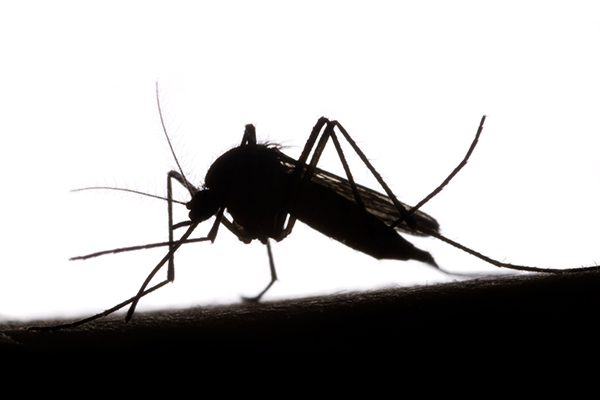Fear not: The number of locally transmitted cases of Zika in US to be very small

On Thursday the Florida Department of Health reported that there are now 49 cases of locally transmitted Zika in the state. And while health officials continue to monitor the virus’s spread, a team of Northeastern researchers project the probability of cases across the rest of the continental U.S. to be very low.
“If there are any, there will likely be just one or two,” said Northeastern’s Alessandro Vespignani, who is leading a research team that is investigating the projected spread of the Zika virus.
Coupling large-scale computational models with transmission simulations, Vespignani’s team projected the spread of Zika by infected mosquitoes in nine states through January 2017, as well as the number of microcephaly cases associated with the disease through October 2017, a date chosen to allow for the nine months of pregnancy.
Only Florida had enough locally transmitted infections for the results to be significant.
“The probability of the other states having locally transmitted cases is very low,” says Vespignani, Sternberg Family Distinguished Professor of Physics and director of the Network Science Institute at Northeastern. “Indeed, there are many locations in the continental US where there are no mosquitoes with Zika at all.” Florida, too, is expected to drop to zero new cases come winter, an inhospitable time for mosquitoes, he says.
The research, posted online last week, is a collaboration being overseen by the Center for Inference and Dynamics of Infectious Diseases, a Models of Infectious Disease Agent Study Center of Excellence funded by the National Institutes of Health.
Zeroing in on Florida
The 49 cases noted by the Florida Department of Health represent those that have been diagnosed and reported. However, up to 80 percent of infections are asymptomatic and so go undetected, says Vespignani.

Alessandro Vespignani, Sternberg Family Distinguished Professor of Physics and director of the Network Science Institute at Northeastern Photo by Christopher Huang/Northeastern University
The researchers’ modeling algorithms, though, consider those infections as well as factors such as the mosquitoes’ behavior, providing much needed insight for prevention and response measures. Using this data, the team projected that by Sept. 15 there could be up to 400 locally transmitted infections in Florida, with roughly only 80 those being symptomatic. “This number is not as big as it seems if we consider that there were more than 2,600 travel-related cases detected in the U.S. as of Aug. 31,” says Vespignani.
Infections a ‘moving target’
For the U.S. projections, the researchers used the same model they posted online in late July on biorxiv.org, a prepublication site sponsored by Cold Spring Harbor Laboratory, to keep the scientific community and the public informed about Zika in real time. The original paper, accompanied by interactive maps, projects the number of Zika cases in eight other countries in the Americas, including Brazil, Columbia, Haiti, and Venezuela, through January 2017, as well as the number of microcephaly cases associated with the disease through October 2017. (The Chronicle of Higher Education cited Vespignani’s research in an article that examined the need for academic researchers to make certain data available quickly.)
But the U.S. modeling presented unique challenges.
“Locally transmitted Zika infections in the next few months are a moving target because the numbers will change depending on what we see on the ground,” says Vespignani, whose research team plans to update the U.S. projections every two months.
Aggressive control measures in the states, such as pesticide spraying and continued removal of standing water, may give an edge to public health authorities in targeting areas with locally transmitted Zika and halting the spread.
“Our results are preliminary,” Vespignani stresses. “We are continuing to do rigorous sensitivity analyses as we learn more.”





